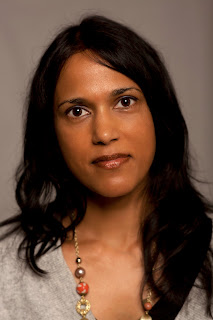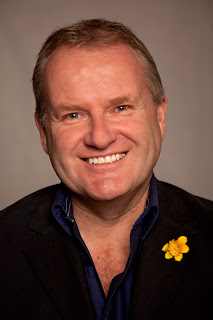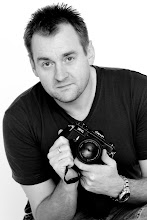Huge panic just broke out in the office (luckily there's only me here today because some bad language followed) as I thought I'd lost some of the RAW files from my shoot in London for BUPA Care homes yesterday. Luckily it was just Lightroom playing a hilarious trick whereby it only loaded in 70% of the pictures for no apparent reason and they were there safe and sound on the desktop.
 |
| Radha |
My workflow is pretty basic but effective and it works like this :-
Download all the RAW files and back up to DVD and external drive
Convert RAW files to Tiff in either Lightroom or DXO (now Lightroom 99% of the time)
Retouch the Tiffs in Photoshop CS5 (basically straighten up vertical lines etc and remove dusk marks)
Back into Lightroom for final colour tweaking then convert to Jpeg and lastly to 72 dpi for the final CD to the client.
We always issue full size Jpegs and 72 dpi versions to make it easier for people to browse the CD when it arrives.
 |
| Callum |
I also do a lot of HDR work and I use Photomatix to get a basic HDR image from between 3 and 8 differently exposed pictures and this is then worked on in Photoshop and Lightroom as pictures straight out of HDR software look very odd. I've seen pictures printed in magazines that are straight out of these HDR programs and I always think it's really lazy and bad technique for photographers to do this.
A couple of weeks ago I did a portrait shoot at Philips Electronics where I set up a small portrait kit comprising one Bowens flash head and a brolly with a white backdrop that I left unlit which means it fades to grey. I used my 24-105mm F4 L lens at the 105mm end for the portraits and shot the lens wide open at f4 to give a shallow depth of field and a softer look to the pictures. I've done a few shoots at the Philips Guildford HQ before and it's always great fun to work with the guys there and I've added a couple of the pictures in the blog. Even though digital cameras give us a preview on the LCD screen on the back I always use my Minolta light meter when I'm shooting portraits to make sure I get an accurate exposure first time around and to avoid having to post process the pictures too much afterwards.



No comments:
Post a Comment